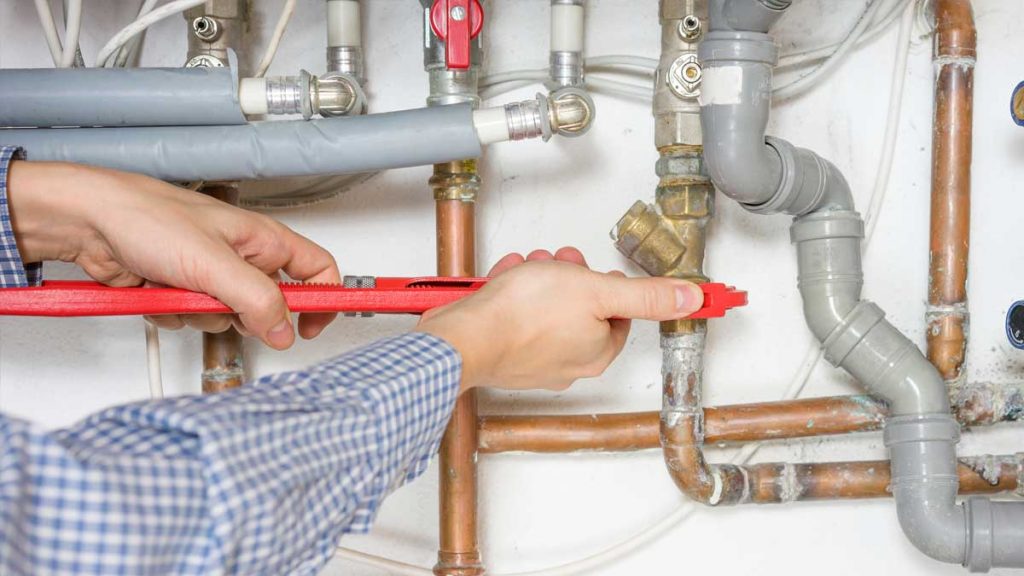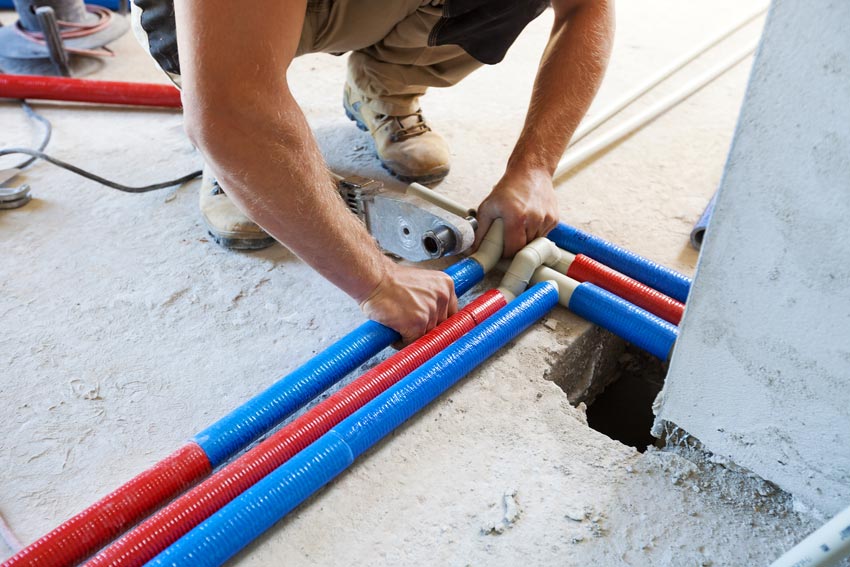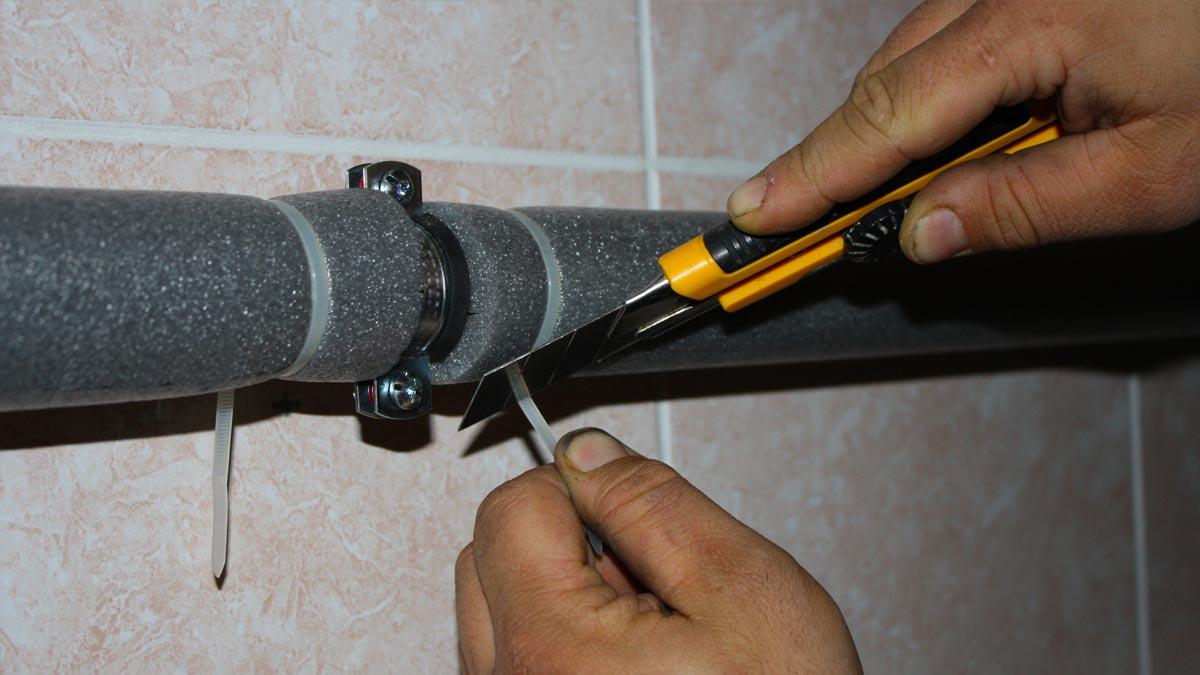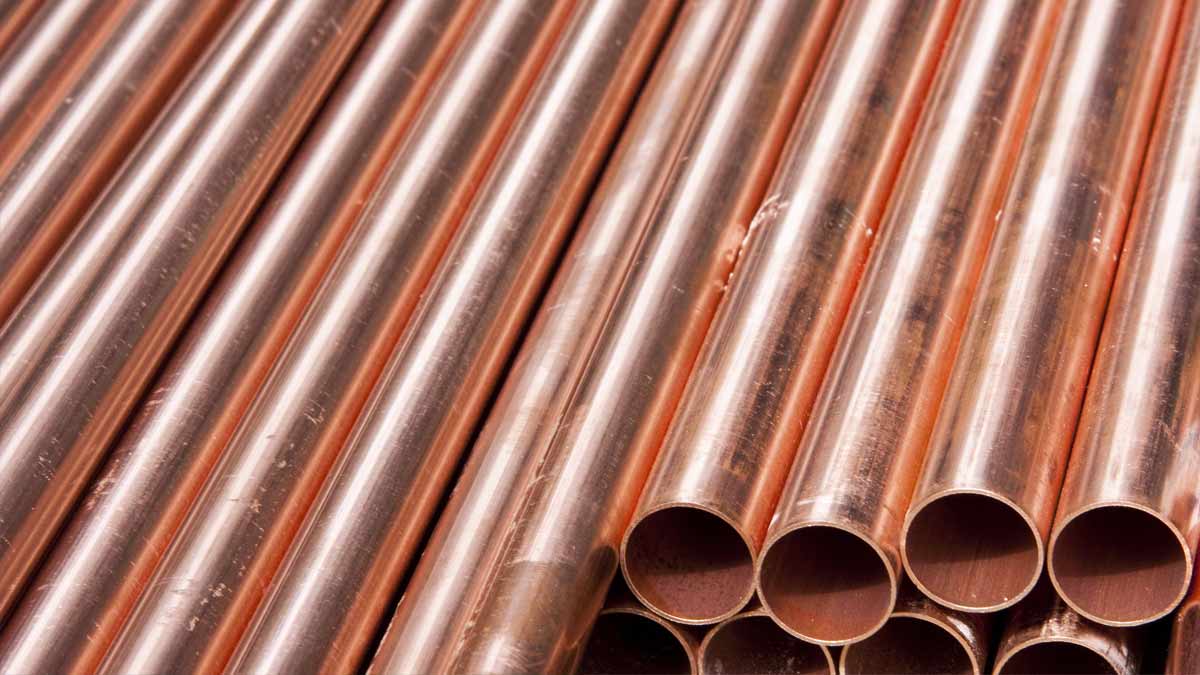Insulating pipes is an important step in maintaining a functional and efficient plumbing system. It involves adding a layer of insulation around the pipes to prevent heat loss, reduce energy costs, and protect the pipes from freezing in cold temperatures. Insulation materials such as foam, fiberglass, or pipe sleeves can be used to provide a barrier between the pipes and the surrounding environment. Properly insulating your pipes can extend their lifespan, prevent costly repairs, and ensure that your plumbing system runs smoothly. In this way, insulating pipes is a smart investment that can save you money and improve the overall quality of your home’s water supply.
Why do pipes freeze?
Pipes freeze when the temperature of the water inside them drops below freezing point (32°F or 0°C) and the surrounding air temperature is also below freezing. As the water in the pipe freezes, it expands, causing pressure to build up inside the pipe. This pressure can cause the pipe to crack or burst, which can lead to water damage and costly repairs. Pipes that are exposed to cold air or located in unheated areas such as attics, basements, crawl spaces, and garages are more susceptible to freezing. Lack of insulation around the pipes or insufficient heating in the surrounding area can also increase the risk of freezing. It’s important to take preventive measures such as insulating pipes, maintaining a consistent temperature, and sealing any gaps or cracks in the walls or floors to prevent cold air from seeping in.

Before You Start
Before insulating water pipes, it’s important to take a few steps to ensure that the pipes are in good condition and that the insulation will be effective. Here are some things to do before insulating water pipes:
- Inspect the pipes: Check the condition of the pipes to ensure that there are no leaks, cracks, or other damage.
- Clean the pipes: Remove any dirt, debris, or rust from the pipes to ensure that the insulation will adhere properly.
- Measure the pipes: Measure the length and diameter of the pipes to determine the amount of insulation needed. Make sure to choose insulation materials that are appropriate for the type of pipes and the level of insulation required.
- Choose the right insulation material: There are several types of insulation materials available, including foam, fiberglass, and pipe sleeves. Choose the material that is appropriate for the type of pipe and the level of insulation needed.
By taking these steps before insulating water pipes, you can ensure that the pipes are in good condition and that the insulation will be effective in preventing freezing and reducing heat loss.
The Benefits of Insulating Pipes
Insulating pipes can provide several benefits, including:
- Preventing freezing: Insulated pipes are less likely to freeze during cold weather, reducing the risk of damage and costly repairs.
- Reducing energy costs: Insulated pipes can help reduce heat loss, which can result in lower energy bills by reducing the amount of energy needed to maintain a consistent temperature.
- Increasing efficiency: Insulated pipes can improve the efficiency of water heaters and other appliances by reducing the amount of heat lost as water travels through the pipes.
- Extending the lifespan of pipes: Insulated pipes are less likely to corrode or develop leaks, which can extend the lifespan of the pipes and reduce the need for repairs or replacement.
- Improving water quality: Insulated pipes can help prevent condensation and reduce the risk of bacterial growth, improving the overall quality of the water.
To sum up, insulating pipes can help improve the comfort, safety, and efficiency of your home or building while reducing costs and minimizing the risk of damage and repairs.

Insulate Pipes
Here are the general steps to insulate pipes:
1. Identify the pipes to be insulated: Determine which pipes need insulation. Pipes that are exposed to cold air or located in unheated areas such as attics, basements, crawl spaces, and garages are more susceptible to freezing and should be insulated.
2. Choose the appropriate insulation material: There are several types of insulation materials available, including foam, fiberglass, and pipe sleeves. Choose the material that is appropriate for the type of pipe and the level of insulation needed.
- Foam insulation or fiberglass insulation are good options for hot water pipes as they provide good insulation and can withstand high temperatures.
- Fiberglass insulation is a common choice for cold water pipes as it is lightweight, easy to install, and provides good insulation.
- For pipes that are exposed and can easily be damaged, pipe sleeves made of flexible foam or rubber are a good choice.
- Mineral wool insulation is a good option for high-temperature pipes as it is resistant to fire and provides good insulation.
- For pipes in areas with high temperatures, reflective foil insulation can be used as it reflects heat back to the source, preventing heat loss.
3. Measure and cut the insulation: Measure the length and diameter of the pipes and cut the insulation to the appropriate length. Make sure to leave room for any fittings or connections.
4. Apply the insulation: Wrap the insulation around the pipe, making sure to overlap the edges and secure it with tape or wire. For pipes with fittings, cut notches in the insulation to fit around them.
5. Seal any gaps: Seal any gaps or cracks in the walls or floors around the pipes to prevent cold air from seeping in.
6. Maintain a consistent temperature: Keep the area around the pipes at a consistent temperature to reduce the risk of freezing. This can be done by adding heat or increasing insulation in the surrounding area.
Following these steps, you can properly insulate your pipes and reduce the risk of freezing while improving energy efficiency and extending the lifespan of your pipes.
Final Thoughts
In conclusion, insulating pipes is an important step in maintaining a healthy and functional plumbing system. Not only does it prevent freezing and reduce energy costs, but it also extends the lifespan of your pipes, saves you money on repairs, and improves the overall quality of your water.
If you’re looking for a reliable plumbing company in the UK to help with your insulation needs, Plumber.uk is an excellent choice. With a team of highly experienced and qualified plumbers, we can provide fast and efficient insulation services for all types of pipes and plumbing systems. We use only the best quality materials and tools to ensure a high-quality job that meets all safety and quality standards.
By choosing Plumber.uk, you can have peace of mind knowing that your plumbing system is in good hands. Our team offers competitive pricing, excellent customer service, and a commitment to delivering top-notch plumbing services. Whether you need a simple insulation job or a complex plumbing repair, Plumber.uk is the company to call.
How useful was this post?
Click on a star to rate it!
Average rating / 5. Vote count:
No votes so far! Be the first to rate this post.











